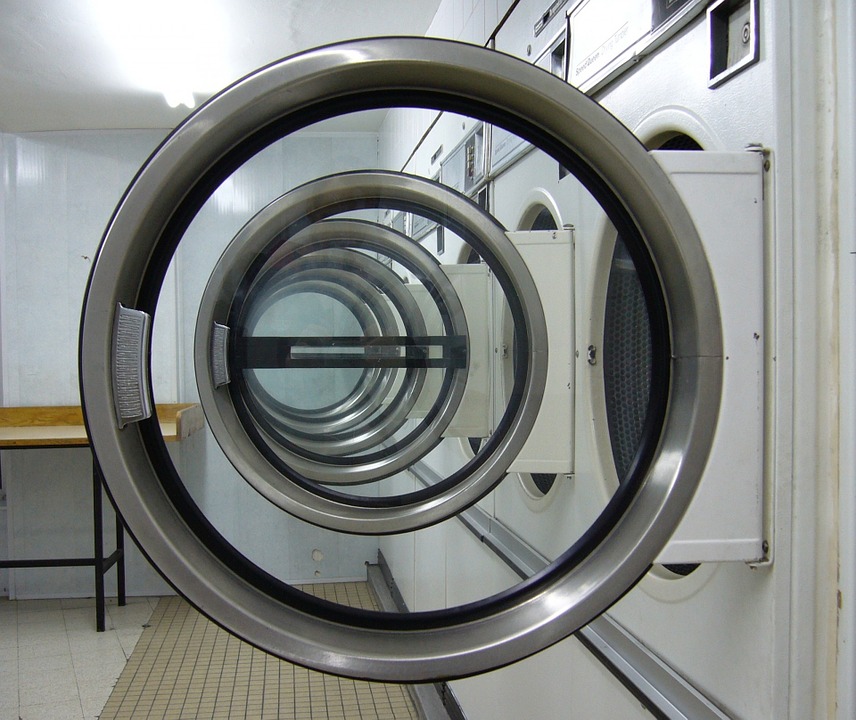Why is my Washing Machine Shaking and Moving?
One doesn’t often see one’s washing machine shaking & moving around, but it’s unsettling when one does. It’s especially unsettling because it’s usually accompanied by a cacophony of rattling. There are several possible reasons you washing machine vibrates across the floor. We’re going to look at them one-by-one and provide some solutions to stop your washing machine moving.
Note: While it’s more common for front-loading washing machines to have vibration problems, top-loaders may also present some common issues.
Note: For safety’s sake, always unplug your washing machine or switch off the power before you investigate and tackle any problems.
5 Reasons behind washing machine vibration and shaking.
1) The washing machine’s legs aren’t level.
Probably the most common cause for washing machines shifting position is legs that aren’t level. This is easy to fix as you can screw and unscrew the legs to adjust their height. If you’re a stickler for perfection then you can use a level to make sure you get it exactly even.
While you’re working on the legs, take a look at the rubber or plastic cushioning the bottom of the legs. If these are broken the washer may still take a walk. These rubber and plastic caps are readily available from hardware stores and are easy to replace.
2) The floor is not level.
It’s also possible that the floor is not even. You can test this with a level. If it’s uneven you can try adjusting the legs. If possible, you could also move the washer, although this is often not practical.
3) The washing machine is loverloaded or the load is unbalanced.
It’s tempting to stuff as much washing as possible in your machine to save time and water. Unfortunately, overloading can ensure the washing machine shakes on the spin cycle. Keep the loads reasonable – stick to the recommended weight – and the shaking should stop.
Sometimes large and heavy items of laundry can unbalance the machine. Blankets and sheets, for example, can cling to one side to the barrel or tub and unbalance the spin cycle. Try not to wash a lot of bed linen together. In fact, you can stick your trainers or running shoes in with some sheets, towels, or blankets to aid balance (and kill two birds with one stone).
4) The shock absorbers are damaged.
Front-load washers have shock absorbers to keep everything in check, especially during the spin cycle. If you’re confident in your DIY skills, you can check the shock absorbers and replace them yourself.
You’ll have to remove either the front or back panel to reach them. While you’ve got the washer open you can also look for other signs of wear and tear and possible leaks. It’s advisable to replace both shock absorbers at the same time to stop the washing machine shaking.
5) The suspension springs are damaged.
Top-loaders have suspension springs that suspend and stabilise the tub. If these are damaged it could lead to your washing machine moving forward. Again, if you are confident of your DIY skills you can remove the top or front panel to reach the springs. You have to be very careful due to the inherent tension in the springs. It’s advisable to replace all the suspension springs at the same time.
Check Other Components
Other components that could be damaged to the extent that they cause washers to vibrate during the spin cycle include:
- Snubber ring, damper pad, and tub wear pads
- Tub dampening straps
You can inspect and replace all of these yourself, if you so choose. However, it can be quite tricky to find and remove all of these components unless you are familiar with washing machines’ inner workings.
It may be safer on all fronts to call a specialist to fix the problem for you and ensure that your old or new washing machine stops shaking.
Also, opening your washer yourself can affect your insurance claim. If you want to recoup your costs, call a professional service provider.

